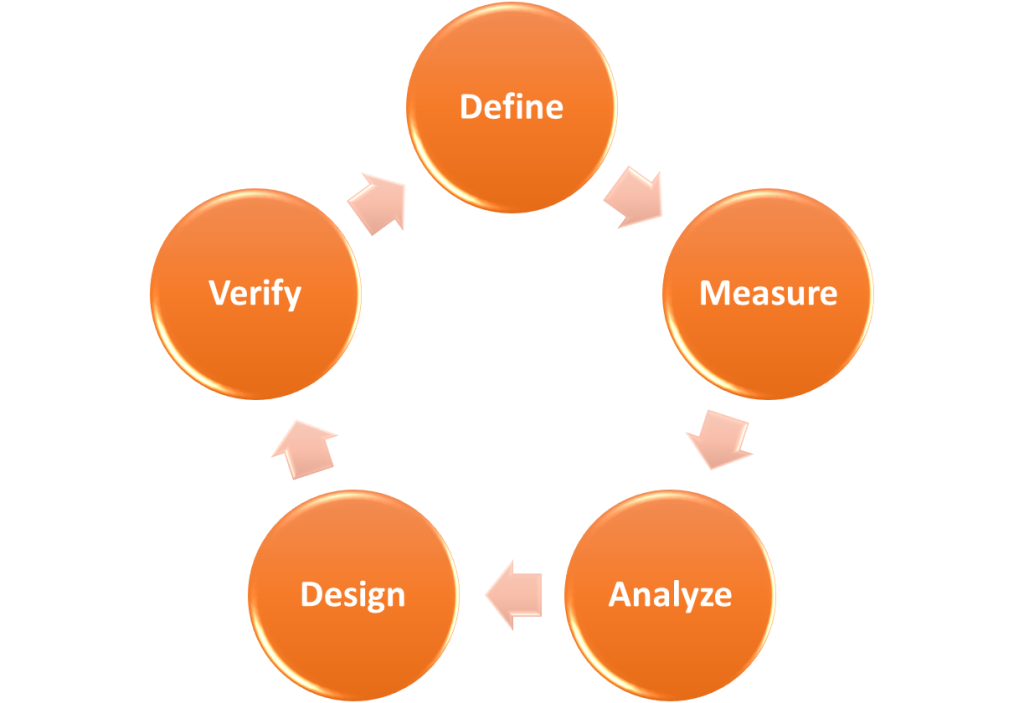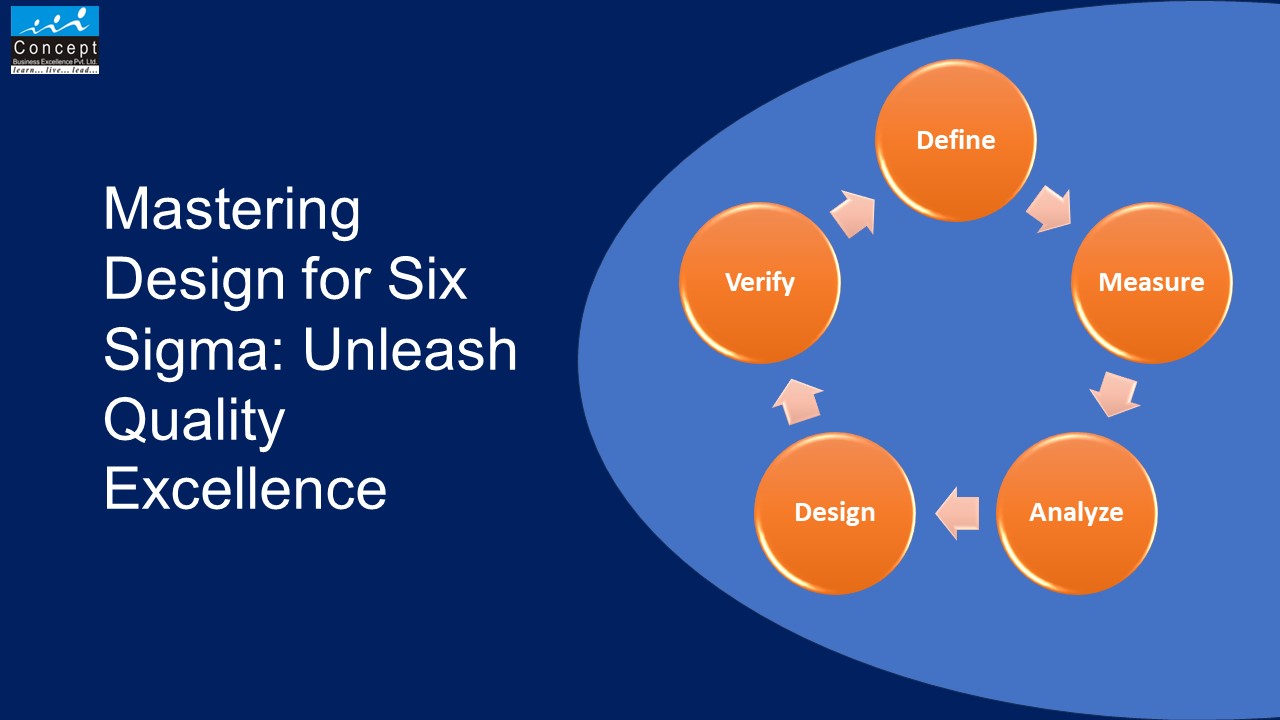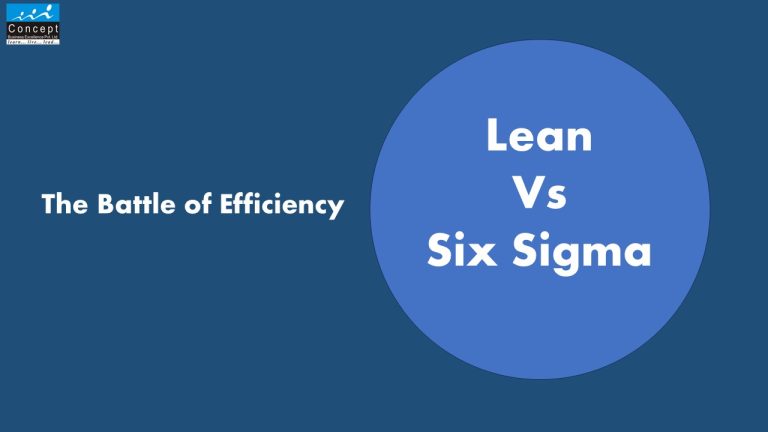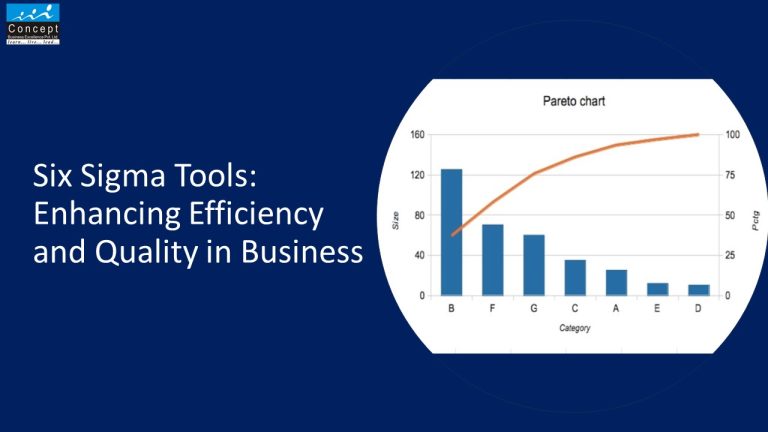Mastering Design for Six Sigma: Unleash Quality Excellence
Design for Six Sigma (DFSS) is a systematic and data-driven approach that aims to design and develop products, services, and processes with exceptional quality and minimal defects. As an extension of the renowned Six Sigma methodology, DFSS focuses on achieving excellence in design by reducing variability and meeting customer requirements. By employing a wide range of tools and techniques, DFSS ensures that the final design is robust, reliable, and capable of exceeding customer expectations. In this article, we will explore the key principles of Design for Six Sigma, delve into its methodology, discuss the various tools and techniques it encompasses, and highlight the numerous benefits it offers in achieving excellence in product and process design.
Understanding Design for Six Sigma
Design for Six Sigma is a customer-centric approach that emphasises meeting customer needs and requirements while minimising defects and variations. It strives to achieve the highest level of quality in the design phase itself, leading to significant cost savings and customer satisfaction. By integrating the principles of Six Sigma into the design process, DFSS aims to ensure that products, services, and processes are inherently capable and meet or exceed customer expectations.

Key Principles of Design for Six Sigma
1. Define
The first step in the DFSS methodology is to define the customer requirements and translate them into clear and measurable design objectives. Understanding the customer’s needs, preferences, and expectations is crucial for developing a design that delivers value.
2. Measure
In the measurement phase, data is collected to establish baseline performance and evaluate the existing process capabilities. This step helps identify areas for improvement and sets measurable targets for the design process.
3. Analyze
During the analysis phase, statistical tools and techniques are employed to identify the critical factors that influence the design’s performance. This analysis enables the design team to focus on the key drivers and make informed decisions to optimize the design.
4. Design
The design phase involves developing concepts, creating prototypes, and refining the design based on the customer requirements and data analysis. Robust design methodologies are used to ensure that the design is reliable, manufacturable, and meets all specifications.
5. Verify
In the verification phase, the design is thoroughly tested and validated against the established targets and requirements. This step ensures that the design performs as intended and meets the desired quality standards.
Tools and Techniques in Design for Six Sigma
Design for Six Sigma incorporates various tools and techniques to support the design and development process. Some commonly used tools include:
- Quality Function Deployment (QFD): QFD helps translate customer requirements into specific design characteristics and prioritize them based on customer importance.
- Failure Mode and Effects Analysis (FMEA): FMEA is a systematic approach to identify potential failure modes and their effects on the design. It helps in proactively addressing and mitigating risks.
- Design of Experiments (DOE): DOE allows for controlled testing of design variables to understand their impact on the overall performance and optimize the design.
- Statistical Process Control (SPC): SPC monitors and controls the design and manufacturing process by analyzing and interpreting process data to ensure quality and stability.
Benefits of Design for Six Sigma
Design for Six Sigma offers numerous benefits that contribute to achieving excellence in product and process design. Some of the key advantages include:
- Reduced defects and variability: By integrating quality into the design process, DFSS helps minimize defects and variations, leading to improved quality and customer satisfaction.
- Cost savings: DFSS enables organizations to identify and eliminate potential issues early in the design phase, reducing costly rework, warranty claims, and customer complaints.
- Enhanced customer satisfaction: By focusing on meeting customer requirements and expectations, DFSS ensures that the final design delivers the desired value and meets or exceeds customer satisfaction.
- Improved time to market: DFSS helps streamline the design process, reduce iterations, and accelerate product development, resulting in faster time to market.
- Competitive advantage: Organizations that master Design for Six Sigma gain a competitive edge by consistently delivering high-quality products and services that meet customer needs.
Design for Six Sigma is a powerful methodology that enables organizations to achieve quality excellence in product and process design. By integrating customer requirements, statistical analysis, and robust design methodologies, DFSS helps minimize defects, reduce variability, and optimize design performance. It offers a structured approach to deliver products and services that not only meet but exceed customer expectations. By embracing Design for Six Sigma, organizations can unleash quality excellence and gain a competitive advantage in today’s competitive marketplace.
Remember, mastering Design for Six Sigma requires a commitment to continuous improvement, a data-driven mindset, and a relentless pursuit of customer satisfaction. With DFSS, organizations can design products and processes that not only meet customer needs but also set new standards of quality and excellence.
If you are interested in learning more about the Design for sixsigma join our six sigma training.





